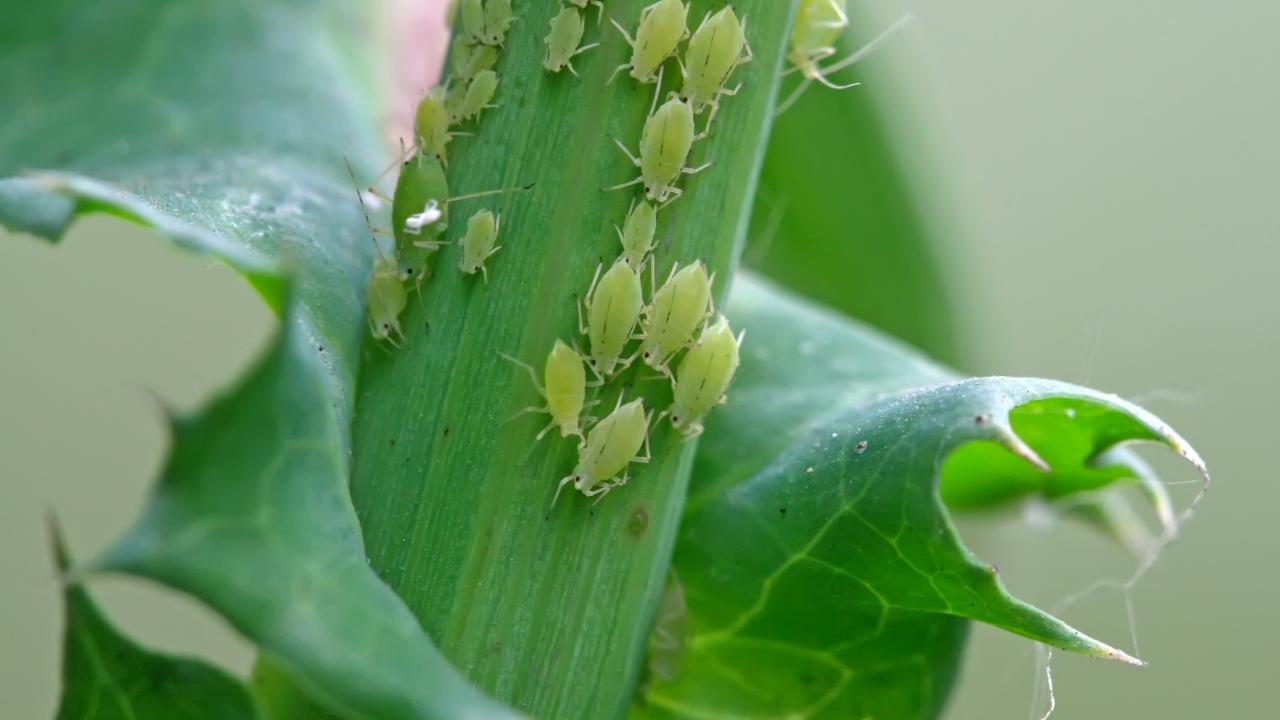Over the past two centuries, thousands of non-native insects have hitchhiked to the United States in packing material, on live plants, and in passenger baggage.
Now, as much as a quarter of invasive, plant-eating insects may have yet to be detected in U.S. forests and agricultural fields, according to a study published in the journal Science Advances by scientists from the USDA, UC Davis and partnering institutions.
The scientists used the history of live plant imports and invasion by a common group of insects to estimate the rate at which new insects are arriving and how many new insect species may yet be in store for U.S. forests and farms.
The findings suggest that biosecurity efforts to reduce biological hitchhiking on live plant imports are working. However, more than a century of invasion by Hemiptera insects indicates that increased trade might offset the effects of improved biosecurity.
True bugs and trade
Commonly called “true bugs,” Hemiptera are small, plant-feeding insects. The order includes more than 80,000 species, from cicadas and aphids to whiteflies and scales. Many among them cause considerable damage to agricultural and forest plants. Accidental transport of live plants or plant products is the main pathway by which most Hemiptera move among continents.
“Understanding the rate at which international trade leads to non-native species establishments is tricky,” said co-author Michael R. Springborn, a UC Davis professor of Environmental Science and Policy. “The rate is changing over time. When we finally discover a new establishment in the wild, we don’t know how long ago it arrived. Modeling these elements with a couple centuries of data, we estimate that there is a substantial amount of ‘invasion debt.’ Around one to two of every five species established in the U.S. have yet to be discovered.”
Invasion risks
The scientists examined records from 1854 to 2012. During this time, 930 non-native species of insects in the Hemiptera order are known to have invaded the United States. The research team leveraged information on the origins of 770 of those species.
“Our work quantifying the establishment risk posed by imports from distinct regions and how these risks have changed with the accumulation of trade history and time gives policymakers a better picture of the risks of insect invasion per unit of import and region,” said lead author Matthew MacLachlan, a research economist with the USDA Economic Research Service.
Additional co-authors include Andrew Liebhold, a research entomologist with the USDA Forest Service, and Takehiko Yamanaka of the Institute for Agro-Environmental Sciences, NARO in Japan.
Media Resources
Kat Kerlin writes about environmental research for UC Davis News and Media Relations.
